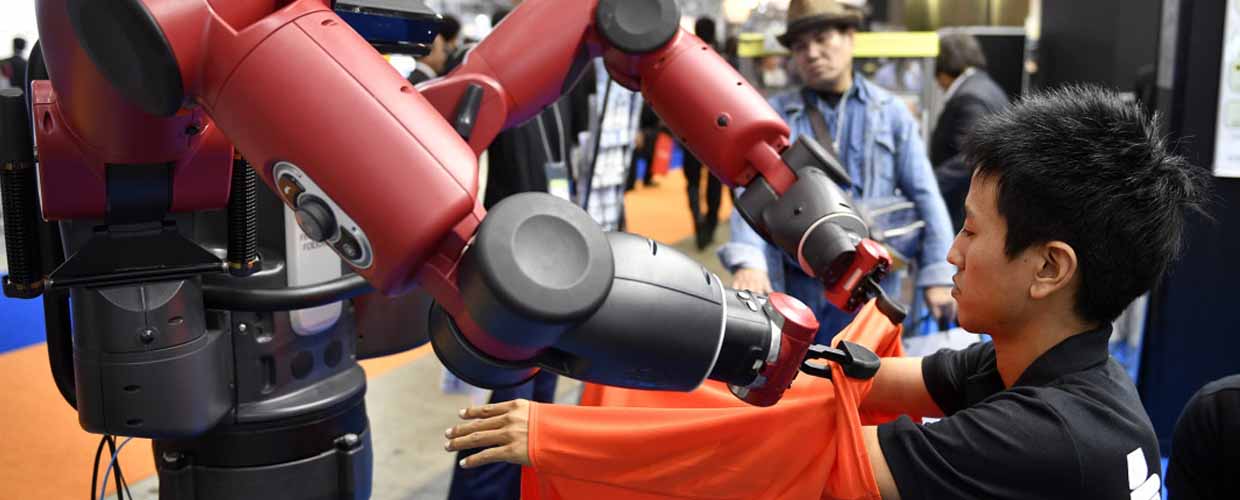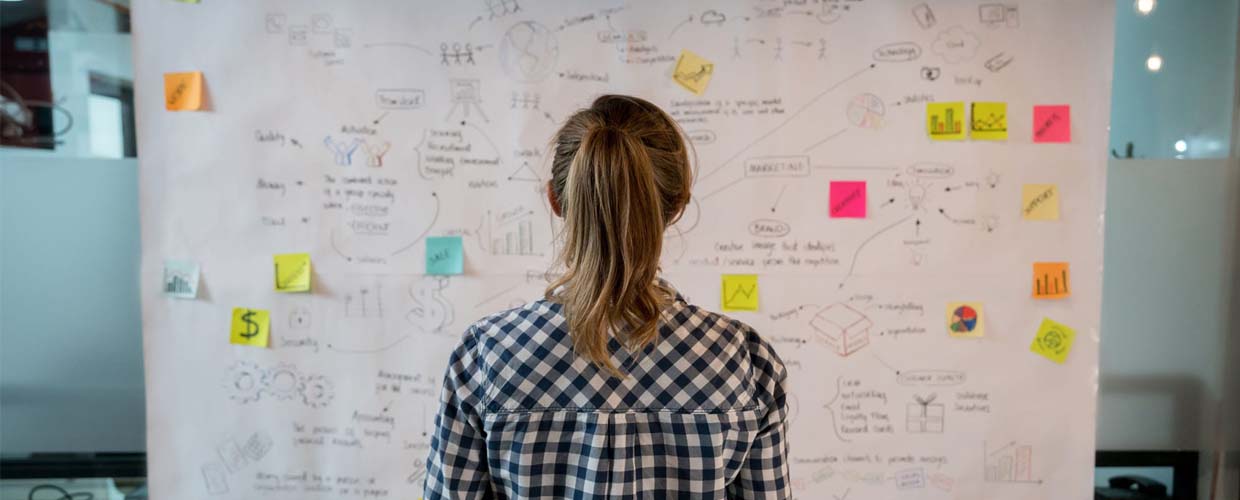Companies often come to us looking to solve a particular challenge in their organization or for help with their innovation program as a whole. We enjoy working with them, and they find that Kindling provides a structured approach toward innovation and problem solving, while integrating throughout their organization, increasing communication, and reducing organizational barriers. We’d like to offer some ways in which Kindling can help with innovation in your organization.
1. Find out what your company can be doing better
Ask your employees where they see room to improve. What are the biggest inefficiencies in your company? Where is there room to cut costs? Everyone in your organization has ideas—listen to them.
2. Organize conversations around ideas
Eliminate the email CC problem. Not on an email chain? Getting too many emails? Include all participants from the beginning and reduce the risk of missing someone who might have shared a game changing idea.










